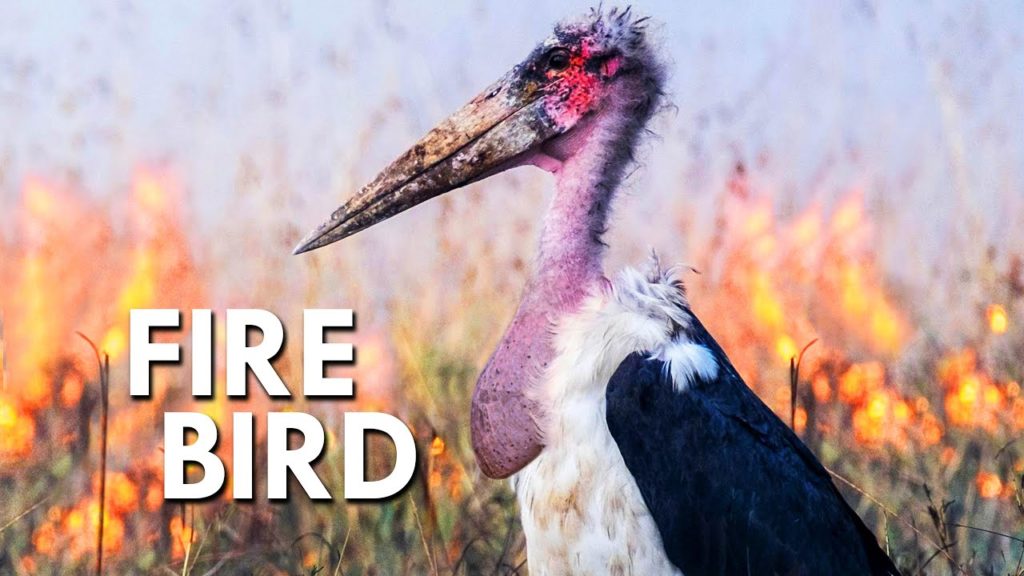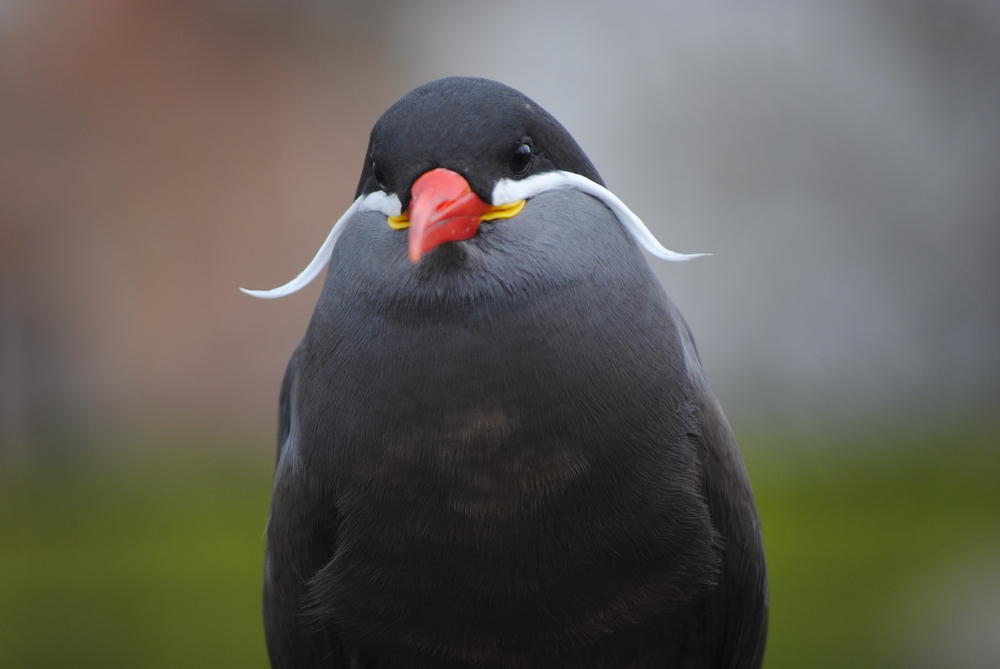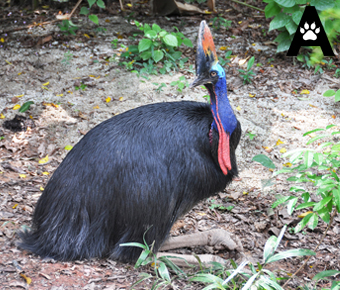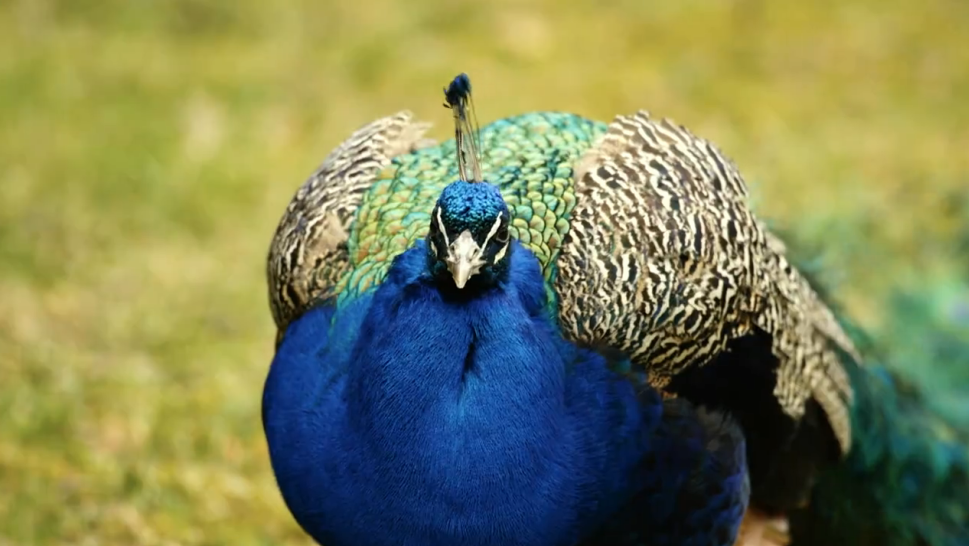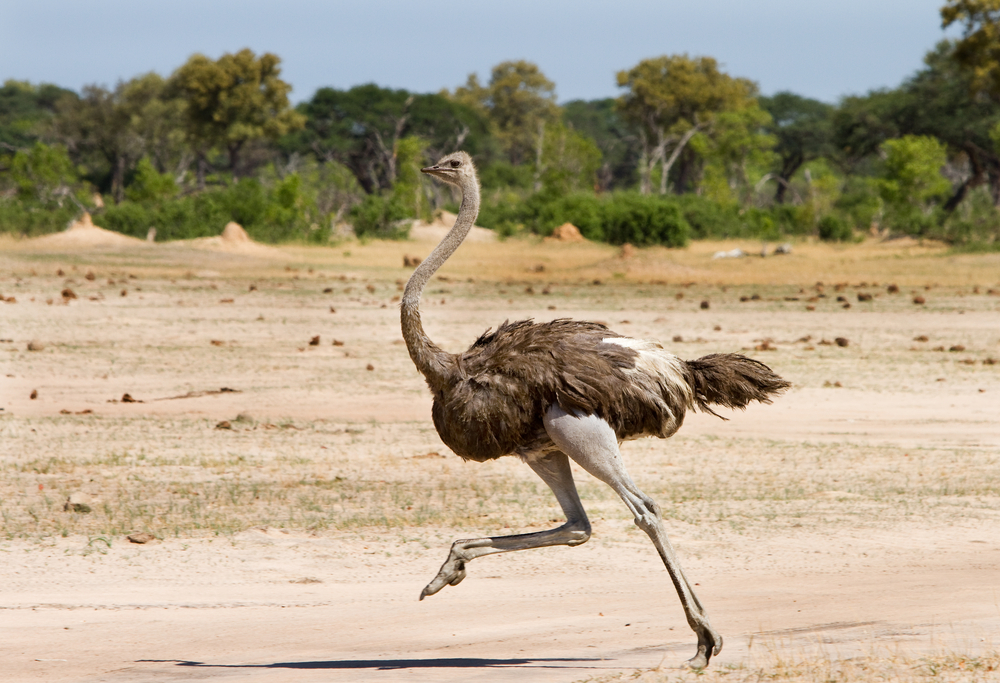Marabou Stork: Lord of Fire and Death
Marabou Storks use wildfire to flush out their prey before swallowing them whole.
This seabird has a mustache
The Inca tern, a seabird found near the coasts of Peru and Chile, is noted for its distinctive facial plumage. Long white feathers situated right above the bird’s yellow cheeks gives the Inca tern the appearance of a mustachioed fellow.
Is the cassowary the deadliest bird on the planet?
Armed and dangerous: Cassowaries have three-toed feet with extremely sharp claws. The claw on their second toe is particularly deadly, as it can grow to be 5 inches long! Imagine being kicked by one of these birds (which they are known to do). Their powerful legs combined with their razor-sharp talons makes them one of … Continued
There's no such thing as a female peacock
You might be tempted to refer to both males and females as peacocks, but you’d be wrong. In fact, only males are called peacocks, while females are called peahens and the generic term for both is peafowl. More for Bird Week on Love Nature Why colourful bird feathers never fade Are these the most valuable … Continued
Ten percent of a hornbill's body weight is in its beak
Hornbills have earned their name from their comically large beaks. The beaks are so heavy, that the bird’s first and second vertebrae are fused together to help them carry the weight. More from Bird Week on Love Nature: Baby black storks growing up Africa’s vultures are circling towards extinction, a new study warns Baby hummingbirds … Continued
Ostriches don't need their wings to fly . . . they need them to dance
Are you curious as to why a flightless bird would need wings in the first place? It all comes down to an important mating ritual: the ostrich dance.

